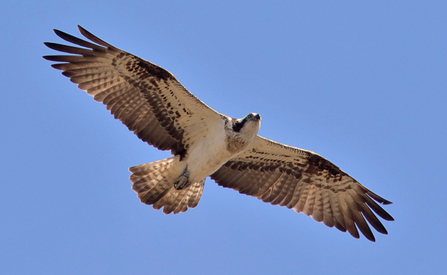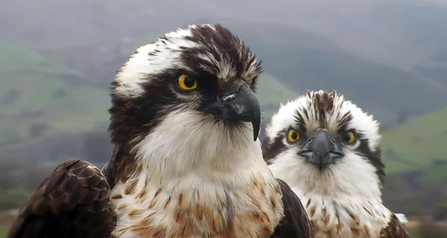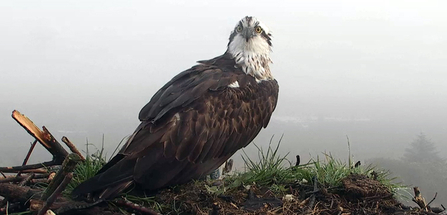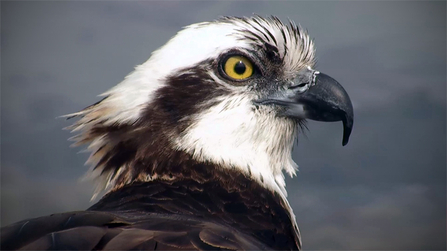Conventional osprey wisdom tells us that young female adults return to the UK as two-year-olds and roam widely, prospecting for a suitable mate and nest.
At the Dyfi Osprey Project over the years, we have seen many of these mainstream ecological ideas turned on their head - the case of Blue 24 might just be another one. Let's revisit this and start at the beginning:
Blue 24 - A 2010 female osprey from Rutland Water





